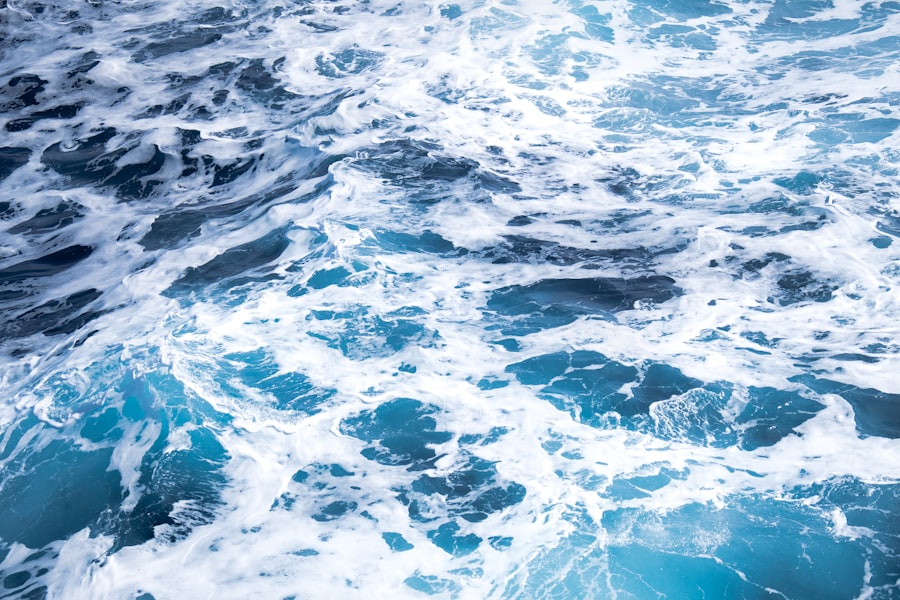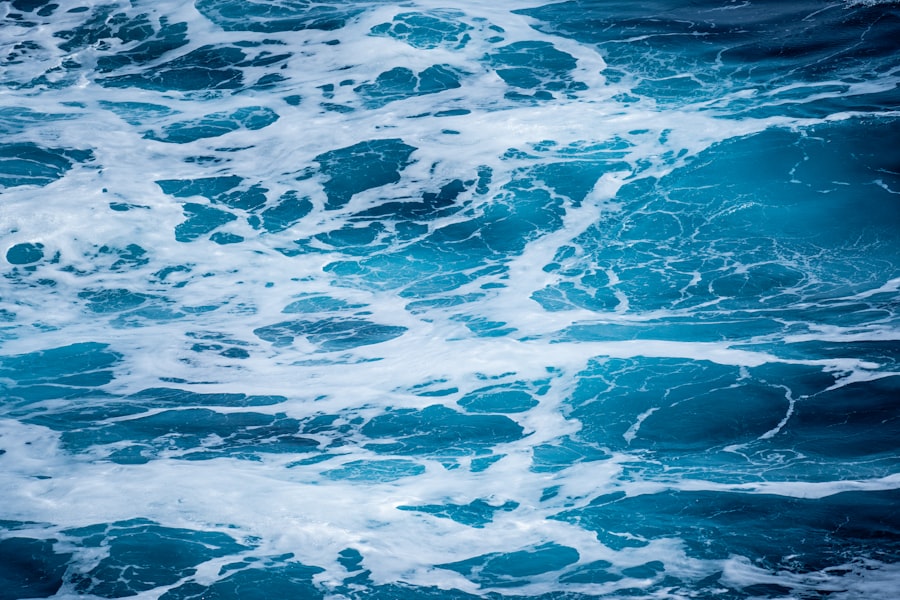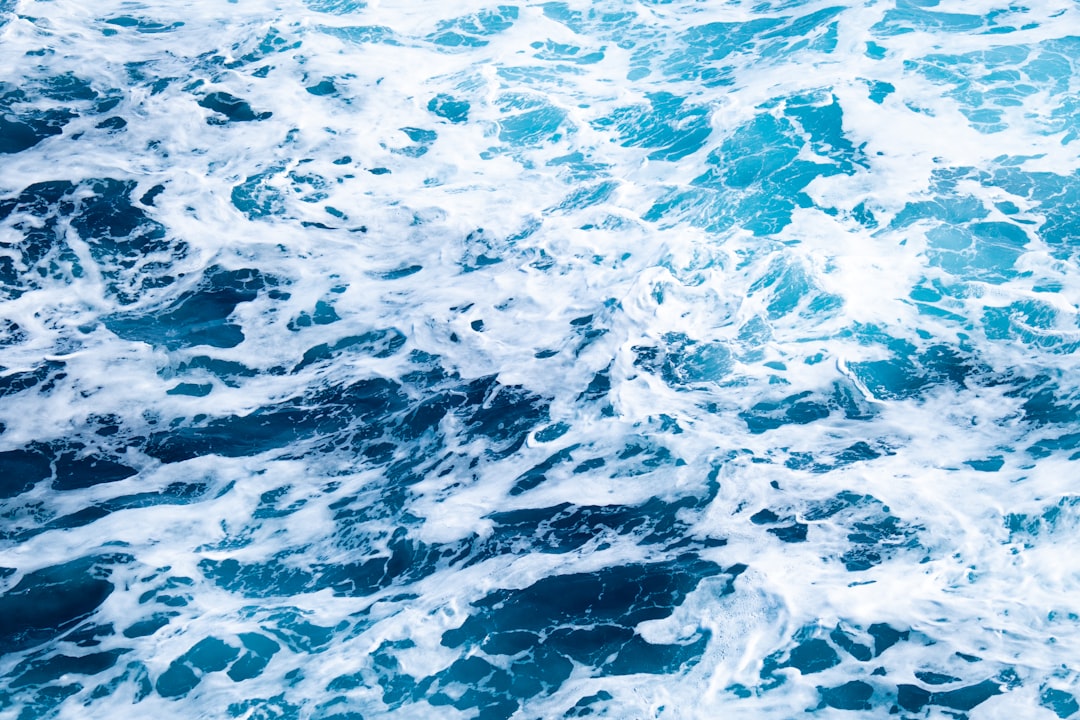The Drake Passage, a body of water situated between the southern tip of South America and Antarctica, is renowned for its tumultuous seas and unpredictable weather. Spanning approximately 800 kilometers (500 miles) in width, it serves as a critical maritime corridor connecting the Atlantic and Pacific Oceans. Named after the English explorer Sir Francis Drake, who navigated these waters in the late 16th century, the passage has become a focal point for adventurers, researchers, and tourists alike.
Its strategic location not only facilitates maritime trade but also plays a significant role in global oceanic currents and climate patterns. The passage is often characterized by its rough seas and strong winds, which can create formidable challenges for vessels attempting to traverse its waters. The confluence of the cold Antarctic waters with the warmer currents from the north results in a unique marine environment that is both dynamic and unpredictable.
Understanding the geographical and oceanographic features of the Drake Passage is essential for anyone considering a journey through this iconic waterway. The passage is not merely a route; it is a gateway to the pristine wilderness of Antarctica, offering glimpses into one of the last untouched frontiers on Earth.
Key Takeaways
- The Drake Passage is a body of water between South America’s Cape Horn and the South Shetland Islands of Antarctica, known for its rough seas and strong winds.
- Weather in the Drake Passage is unpredictable and can change rapidly, with strong winds, high waves, and potential for storms.
- The Drake Passage is home to a diverse range of wildlife, including penguins, seals, and various species of seabirds.
- Navigating the Drake Passage presents challenges such as icebergs, strong currents, and unpredictable weather conditions.
- Safety precautions for crossing the Drake Passage include securing all loose items, wearing appropriate clothing, and following instructions from the crew.
Weather and Climate in the Drake Passage
The weather in the Drake Passage is notoriously volatile, with conditions that can change rapidly and without warning. The region experiences a maritime climate, characterized by cool temperatures and high humidity. During the summer months, temperatures can range from 0°C to 10°C (32°F to 50°F), while winter brings even colder conditions, often plunging below freezing.
The passage is also known for its fierce winds, which can reach speeds of up to 60 knots, creating challenging sailing conditions that can test even the most experienced mariners. Precipitation is common in the Drake Passage, with rain and snow occurring throughout the year. The convergence of different oceanic currents contributes to the formation of storms that can develop quickly, leading to rough seas and limited visibility.
Mariners must remain vigilant and prepared for sudden weather changes, as these can significantly impact navigation and safety.
Wildlife in the Drake Passage

The Drake Passage is not only a challenging maritime route but also a vibrant ecosystem teeming with diverse wildlife. The nutrient-rich waters support an array of marine life, making it a prime location for observing various species of seals, whales, and seabirds. Among the most notable inhabitants are the majestic humpback whales, which migrate through these waters during their feeding season.
Other species, such as orcas and blue whales, can also be spotted, drawing wildlife enthusiasts and researchers eager to witness these magnificent creatures in their natural habitat. In addition to marine mammals, the passage is home to an impressive variety of seabirds. Albatrosses, petrels, and skuas are commonly seen soaring above the waves, taking advantage of the strong winds that characterize the region.
These birds play a vital role in the marine ecosystem, serving as indicators of environmental health. The rich biodiversity found in the Drake Passage highlights its importance as a critical habitat for wildlife and underscores the need for conservation efforts to protect this unique environment.
Navigational Challenges in the Drake Passage
| Challenge | Frequency | Impact |
|---|---|---|
| Icebergs | High | High |
| Strong Winds | High | Medium |
| Rogue Waves | Medium | High |
| Narrow Passages | Medium | Medium |
Navigating the Drake Passage presents numerous challenges due to its unpredictable weather patterns and strong currents. The convergence of the Atlantic and Pacific Oceans creates turbulent waters that can lead to sudden swells and waves reaching heights of up to 15 meters (50 feet). These conditions require skilled seamanship and an understanding of local maritime navigation techniques.
Mariners must be adept at reading weather forecasts and interpreting oceanographic data to ensure safe passage through this treacherous area. In addition to rough seas, icebergs pose another significant navigational hazard in the Drake Passage. As vessels approach Antarctica, they must remain vigilant for drifting ice that can obstruct their path or cause damage.
The presence of icebergs necessitates careful planning and constant monitoring of ice conditions to avoid potential collisions. Navigators must also be aware of shipping lanes and adhere to international maritime regulations to ensure safe travel through this vital waterway.
Safety Precautions for Crossing the Drake Passage
Given the inherent risks associated with crossing the Drake Passage, safety precautions are paramount for any vessel undertaking this journey. Mariners should conduct thorough pre-voyage preparations, including ensuring that all safety equipment is in good working order. Life jackets, flares, emergency beacons, and first aid kits should be readily accessible on board.
Additionally, vessels should be equipped with reliable communication systems to maintain contact with other ships and shore-based authorities. It is also advisable for crews to undergo safety training specific to navigating challenging waters like the Drake Passage. Familiarity with emergency procedures, such as man-overboard drills and abandon ship protocols, can make a significant difference in ensuring crew safety during unexpected situations.
By prioritizing safety measures and maintaining a proactive approach to risk management, mariners can enhance their chances of successfully crossing this formidable passage.
Choosing the Right Vessel for Crossing the Drake Passage

Selecting an appropriate vessel for crossing the Drake Passage is crucial for ensuring a safe and comfortable journey. The ideal vessel should be designed for rough seas and equipped with features that enhance stability and maneuverability. Ice-strengthened ships are particularly well-suited for navigating these waters, as they can withstand potential encounters with icebergs while providing a secure environment for passengers and crew.
In addition to structural integrity, vessel size plays a significant role in determining suitability for crossing the Drake Passage. Smaller vessels may offer greater agility in navigating turbulent waters but may also expose passengers to more intense motion. Conversely, larger ships tend to provide more stability but may struggle with maneuverability in tight spaces or during adverse weather conditions.
Ultimately, choosing the right vessel involves balancing safety considerations with passenger comfort and operational capabilities.
Tips for Dealing with Seasickness in the Drake Passage
Seasickness is a common concern for those embarking on a journey through the Drake Passage due to its notorious rough seas. To mitigate discomfort, travelers are encouraged to take preventive measures before setting sail. Over-the-counter medications such as antihistamines or prescription seasickness patches can be effective in reducing symptoms.
It is advisable to consult with a healthcare professional prior to departure to determine the best course of action based on individual health needs. In addition to medication, adopting certain behavioral strategies can help alleviate seasickness during transit. Staying hydrated by drinking plenty of water and consuming light meals can minimize nausea.
Passengers should also try to spend time on deck when possible, as fresh air and a clear view of the horizon can help stabilize their sense of balance. Engaging in light physical activity or focusing on fixed points in the distance may also provide relief from symptoms associated with motion sickness.
Historical Significance of the Drake Passage
The historical significance of the Drake Passage extends far beyond its challenging waters; it has played a pivotal role in maritime exploration and trade since its discovery. Sir Francis Drake’s expedition in 1578 marked one of the first European navigations through these treacherous waters, paving the way for future explorers seeking new trade routes and territories. The passage became a critical link between Europe and Asia during the Age of Exploration, facilitating commerce and cultural exchange across continents.
Throughout history, many notable explorers have traversed the Drake Passage in pursuit of scientific knowledge or adventure. The passage has served as a gateway for expeditions aimed at studying Antarctica’s unique ecosystems and climate patterns. Today, it continues to attract researchers and adventurers alike who seek to uncover its mysteries while contributing to our understanding of global environmental changes.
Unique Landscapes of the Drake Passage
The landscapes surrounding the Drake Passage are as diverse as they are breathtaking. From towering icebergs glistening under the sun to rugged coastlines dotted with glaciers, this region offers stunning vistas that captivate all who venture here. The stark contrast between icy formations and deep blue waters creates a visual spectacle that is both awe-inspiring and humbling.
In addition to its dramatic seascapes, the passage is home to numerous islands that boast unique geological features and rich biodiversity. The South Shetland Islands, located just north of Antarctica, are known for their volcanic landscapes and thriving wildlife populations. These islands serve as important research sites where scientists study climate change impacts on fragile ecosystems while providing refuge for various species during their migratory journeys.
Planning Your Itinerary for Crossing the Drake Passage
When planning an itinerary for crossing the Drake Passage, careful consideration must be given to timing and logistics. The best time to embark on this journey is during the austral summer months from November to March when weather conditions are generally milder and wildlife activity peaks. Travelers should also account for potential delays due to weather or sea conditions when scheduling their trips.
Itineraries may vary depending on individual interests—some may prioritize wildlife viewing opportunities while others seek adventure activities such as kayaking or hiking on remote islands. Collaborating with experienced tour operators who specialize in Antarctic expeditions can enhance trip planning by providing valuable insights into optimal routes and activities tailored to specific preferences.
Alternative Routes and Options for Crossing the Drake Passage
While crossing the Drake Passage remains one of the most popular routes to Antarctica, alternative options exist for those seeking different experiences or avoiding potential challenges associated with this passage.
This option allows travelers to bypass rough seas altogether while still experiencing Antarctica’s stunning landscapes.
Another alternative involves exploring other maritime routes that connect South America with various Antarctic destinations via different passages or channels. These routes may offer unique perspectives on Antarctica’s geography while providing opportunities for wildlife encounters along less-traveled paths. Regardless of chosen routes or methods of travel, each journey through this remarkable region promises unforgettable experiences that highlight nature’s beauty and resilience in one of Earth’s last frontiers.
The Drake Passage is a significant body of water that lies between the southern tip of South America and Antarctica, known for its challenging navigation conditions and rich marine biodiversity. For those interested in exploring more about this fascinating region, an insightful article can be found on MyGeoQuest. This article delves into the geographical and historical significance of the Drake Passage, offering readers a comprehensive understanding of its role in global ocean currents and its impact on maritime travel. To read more, visit the article on MyGeoQuest by clicking here.
WATCH NOW! Drake Passage: Earth’s Deadliest Waters Revealed
FAQs
What is the Drake Passage?
The Drake Passage is a body of water located between the southern tip of South America (Cape Horn) and the South Shetland Islands of Antarctica. It connects the southwestern part of the Atlantic Ocean with the southeastern part of the Pacific Ocean.
Why is the Drake Passage significant?
The Drake Passage is known for its rough seas and strong winds, making it one of the most challenging and unpredictable waterways to navigate. It is also an important oceanic gateway for the circulation of water and marine life between the Atlantic and Pacific Oceans.
Where is the Drake Passage located?
The Drake Passage is situated in the Southern Ocean, between the southern tip of South America and the northern tip of the Antarctic Peninsula. It is approximately 600 miles wide and extends from Cape Horn in South America to the South Shetland Islands in Antarctica.
What is the weather like in the Drake Passage?
The weather in the Drake Passage is characterized by strong winds, high waves, and rapidly changing conditions. It is notorious for its rough seas and stormy weather, with the potential for extreme cold and challenging sailing conditions.
What is the significance of the Drake Passage for marine life?
The Drake Passage is a critical region for the exchange of nutrients and marine life between the Atlantic and Pacific Oceans. It is a major pathway for the movement of marine species, including whales, seals, and seabirds, and plays a crucial role in the global oceanic ecosystem.
